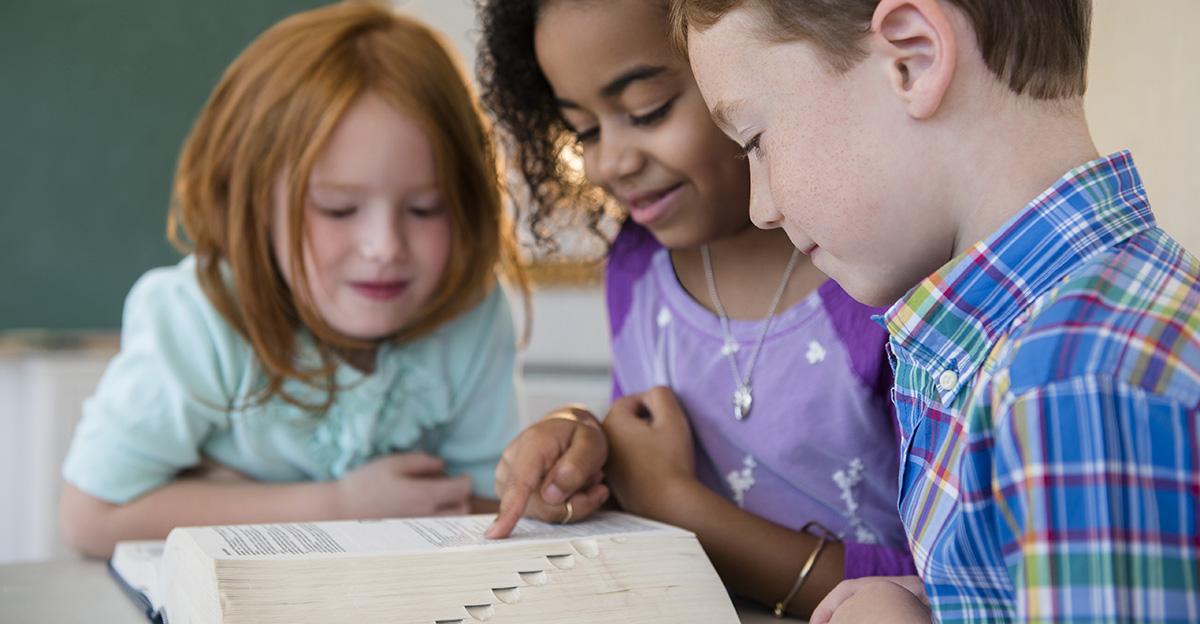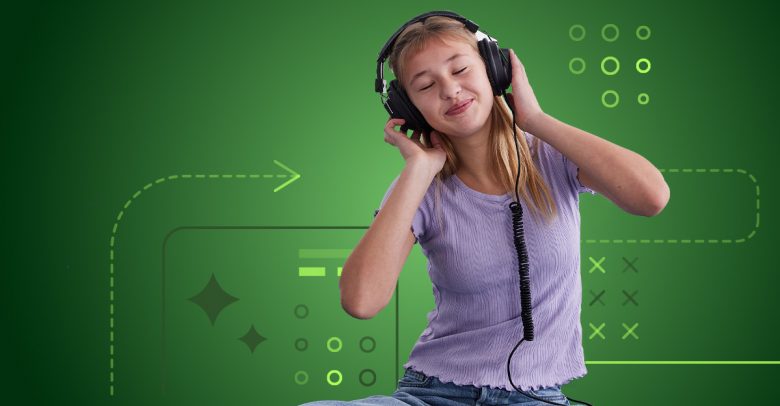Technology has swept through every profession in the modern world, and teaching is no exception. With a near-constant cultural message about the need to stay cutting edge by adopting new technologies, many teachers are setting traditional methods aside in favor of tech-savvy approaches. However, this may be short-sighted. Incorporating traditional teaching methods into the classroom alongside technology can improve learning outcomes.
Balance Time Between Traditional and Tech
For today’s children, digital technology is simply a part of everyday life, and that isn’t going away. However, the emphasis on screen time, typing skills, and tablet use can distract from educators trying to teach basic concepts. Refocusing on traditional methods can help you—and your students—receive the best of both worlds.
Ideas to Incorporate Traditional Teaching Methods into the Classroom
When incorporating traditional teaching methods, think of ways that they can complement your more tech-savvy methods to create a compelling, holistic learning experience for students. Consider some of the following ideas:
Use math manipulatives
Kids are often very tactile, so having tangible objects can help them will counting and math skills. Using blocks and other manipulatives can help students learn new math concepts.
Look up words in the dictionary
Sure, the definition of a word is just a Google search away. However, looking something up in a dictionary or thesaurus teaches students alphabetization and organization skills. It can also serve as a fun jumping-off point for investigations of related words or concepts, creating a fun reading or English lesson.
Counting money
Younger generations are much less likely to use cash for transactions. However, counting fake money and other money games teach valuable lessons about addition and basic finance. Consider setting up a pretend storefront and giving each child some fake money. Ask your students to come up with as many combinations of items that they can afford, which encourages addition and flexible thinking abilities.
Practice penmanship
Typing is an invaluable skill, but there are still benefits to practicing proper penmanship. In fact, learning handwriting teaches younger kids fine motor skills that aid their overall development. For older students, writing something out by hand forces them to organize their ideas, work carefully, and catch mistakes as they go along.
It’s too soon to throw away books in favor of tablets when they can still complement each other. Traditional teaching methods have value in the classroom, and they can be a great way for students to learn and organize information.






Leave a Reply